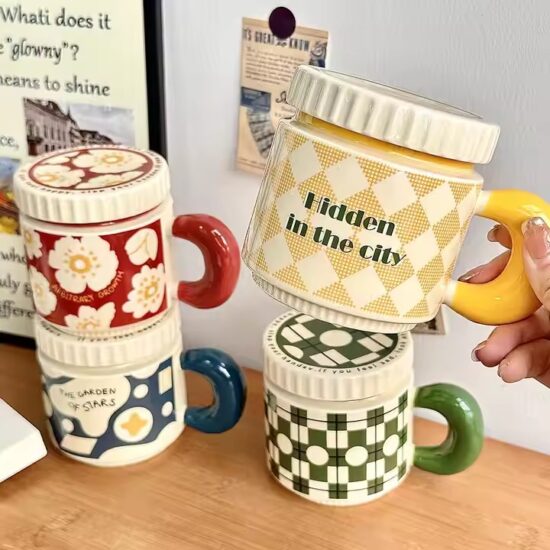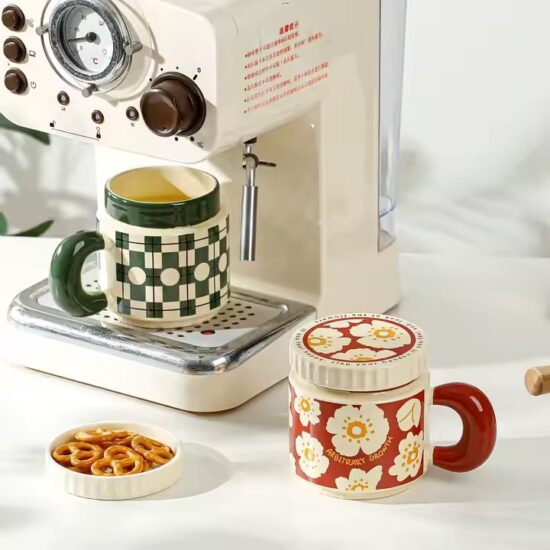bob@nbdho.com
Types and Effects of Glazes on Ceramic Mugs: Enhancing Beauty and Durability
Types and Effects of Glazes on Ceramic Mugs
Introduction
Glazing is a crucial step in the manufacturing of ceramic mugs, not only enhancing their visual appeal but also improving durability and functionality. The type of glaze applied can significantly affect the mug’s texture, color, finish, and resistance to wear and tear. This article explains the most common types of ceramic glazes and their effects on mugs.
1. Glossy Glaze
Glossy glaze is the most popular finish, characterized by a shiny, reflective surface.
Effects:
-
Enhances color vibrancy and brightness
-
Smooth and easy to clean surface
-
Makes mugs look sleek and modern
-
Can highlight intricate designs and patterns
Considerations:
-
Shows fingerprints and scratches more easily
-
May be slippery when wet
2. Matte Glaze
Matte glaze offers a soft, non-reflective finish with a subtle texture.
Effects:
-
Creates a natural, understated look
-
Reduces glare, suitable for artistic or rustic styles
-
Provides a tactile, pleasant feel
-
Less prone to visible fingerprints
Considerations:
-
Can be slightly more porous, requiring good sealing
-
May be harder to clean than glossy finishes
3. Satin/Semi-Matte Glaze
Satin glaze falls between glossy and matte, offering a soft sheen.
Effects:
-
Balances brightness and texture
-
Elegant and versatile for various design styles
-
More resistant to stains and fingerprints than glossy
4. Crackle Glaze
Crackle glaze features intentional fine cracks on the surface, creating a decorative effect.
Effects:
-
Adds vintage or antique charm
-
Creates unique patterns on each mug
-
Popular in artisanal and handmade ceramics
Considerations:
-
Cracks are purely aesthetic and sealed to prevent water absorption
-
Requires careful maintenance to avoid dirt accumulation
5. Reactive Glaze
Reactive glazes produce unpredictable, dynamic patterns and color variations during firing.
Effects:
-
Unique, one-of-a-kind finishes for each mug
-
Rich textures and depth in colors
-
Highly favored in artisan ceramics
Considerations:
-
Slight variations between batches
-
May be more expensive due to complex firing processes
6. Metallic and Luster Glaze
These glazes give mugs a shiny metallic or iridescent finish.
Effects:
-
Adds luxury and elegance
-
Eye-catching and decorative
-
Often used for special edition or gift mugs
Considerations:
-
May require careful handling and specific firing conditions
-
Not always microwave safe
Conclusion
The choice of glaze significantly influences the final look and feel of ceramic mugs. Whether you prefer the classic shine of glossy glaze or the artisanal touch of reactive and crackle glazes, understanding their effects can help you select or design the perfect mug to meet aesthetic and functional needs.
For manufacturers and custom orders, offering a variety of glaze options can attract a broader range of customers.
If you need expert advice on glazing techniques or want to customize your ceramic mugs with unique finishes, feel free to contact us!

